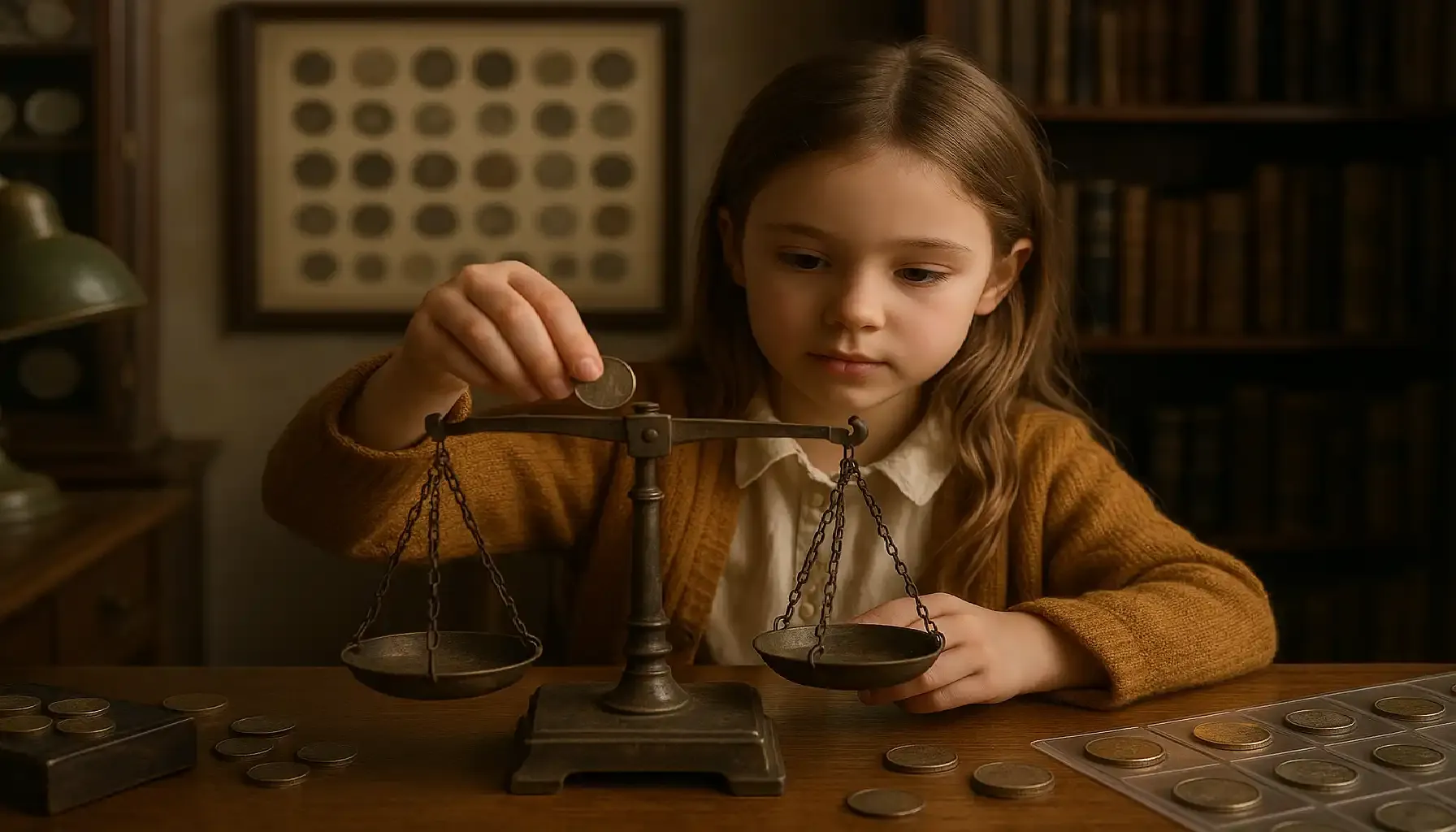Contents:
Coin collecting is a hobby that can provide not only aesthetic pleasure, but also become a profitable investment. Sometimes these expensive bits of metal are even inherited, as they only increase in value over time. So perhaps there comes a time when you may wonder “I inherited a coin collection now what? There are 1976 Bicentennial Eisenhower dollars” or simply decide to divest yourself of part of your collection or sell it entirely.
What to do with inherited coin collection correctly to maximize profit? You need to understand the market and properly evaluate collectibles. That is why here you will find step-by-step recommendations so you can transfer your pieces successfully to new owners.

Step 1: Assess your Collection
What to do with old coin collection? The first thing you need to start with before selling inherited coin collection or your own one is to evaluate your collection. Each piece has a unique value that depends on its rarity, condition, age and market demand. Here there are a few steps to pay your attention to:
Determine the Condition of your Collection
Remember that before selling a coin collection you need to deal with all the paperwork, inventory and a thorough assessment of the value and worth of the collection.
Quality is one of the key factors affecting their value. Use standard grades for estimating, from “Good” (G) to “Uncirculated” (UNC). The better the condition, the higher the price will be. Let's turn to a specific example to make it clearer.
Name | Condition | Grade | What to look out for in the assessment | Expected price |
Walking Liberty Half Dollar 1941 | Uncirculated | MS65 and higher | Almost no signs of wear, clear image, bright shine | $150-$250 |
About Uncirculated | AU50 | Minor signs of wear and tear, light scuffs | $35-$70 | |
Very Fine | VF30 | The relief is dull and worn, but details are still visible | $15-$25 | |
Good | G4 | Noticeable heavy wearing, some parts are erased | $10-$15 |
Please note that the table shows the average value. Actual market prices may vary depending on a number of factors.
Explore the Rarity of the Collectibles
Coins issued in limited quantities or those with errors are valued higher. For example, a 3 Legged Buffalo nickel is a rare specimen with a minting error that is worth considerably more than a traditional specimen because of its unique defect. The fewer specimens that have survived, the higher the demand and price for such a specimen will be.
To be sure of the correct valuation, it is important to use professional services or check the current prices yourself at auctions or in specialized applications like Coin ID Scanner. For example, with the help of this app you will be able to instantly scan coins and get information about their value, rarity and features. This greatly simplifies the valuation process and saves time.
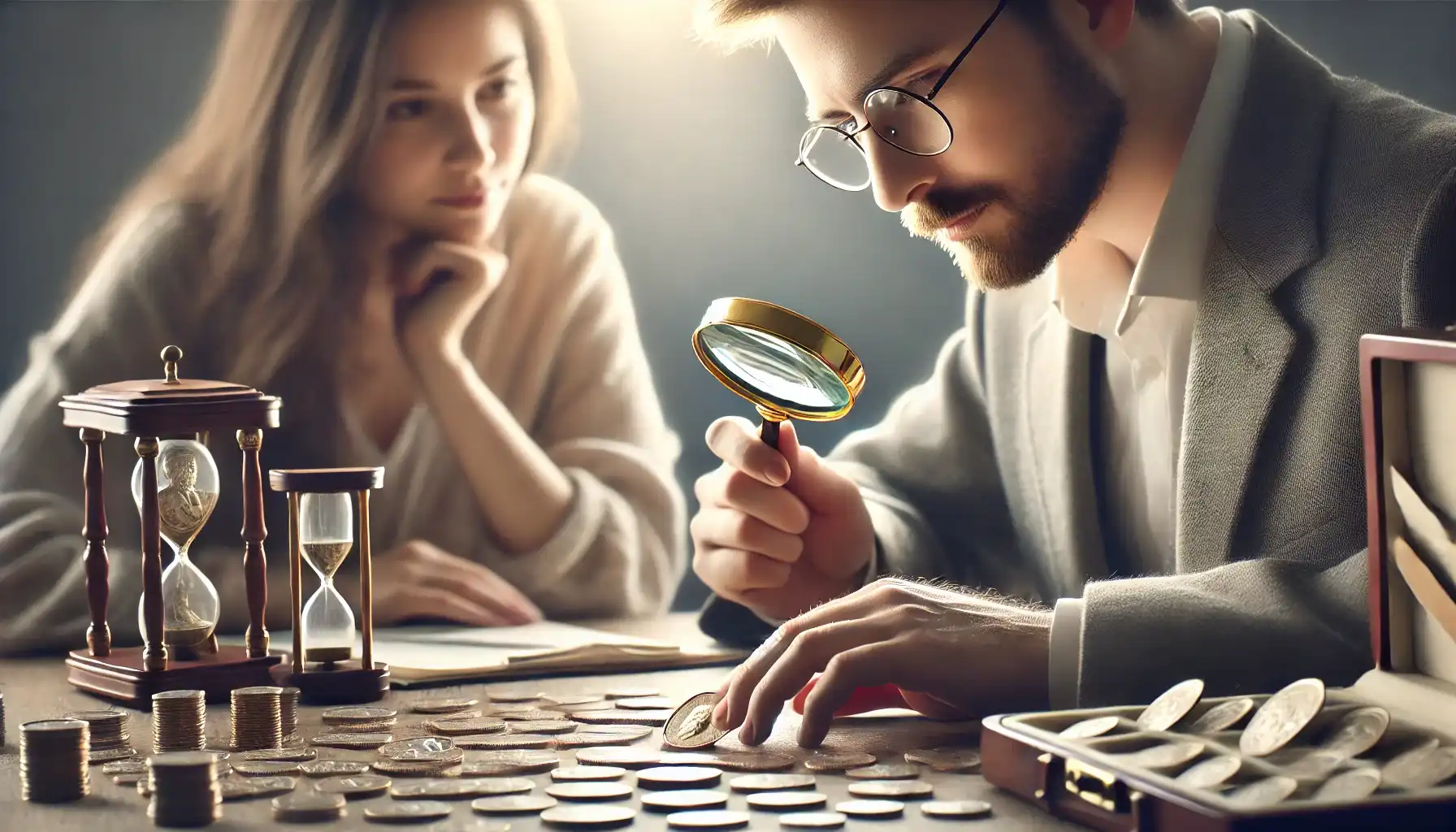
Step 2: Research the Market and Select a Sales Strategy
What to do with a coin collection next? Once a collection has been evaluated, it is important to rely on the following basic recommendations to make a process of selling coin collections as smooth as possible:
Research the market and current prices again (here it will be better to constantly monitor the current situation). Visit online auctions and platforms.
Choose the time of sale. As in any market, the numismatic scene has its own trends. For example, commemorative ones are in high demand before thematic holidays, while the price and demand for investment coins often fluctuate, so selling is beneficial when the rates are the highest.
Decide on a selling strategy and select the right dealer. How to sell coins to a dealer? Again, conduct a search and find organizations or people who specialize in it. You can turn to numismatic auctions (Heritage Auctions and Stack's Bowers); numismatic clubs (to get advice on reputable dealers); and online resources (eBay or Coin World Marketplace).
Selling a coin collection inherited by someone can be done through several platforms and auction houses:
Online Marketplaces
eBay: One of the largest platforms for selling numismatic pieces, where you can auction coins or entire collections. You have the flexibility to set a reserve price, and buyers from around the world can bid on your items. You’ll need to create a seller account, and be prepared to handle shipping and customer inquiries.
Etsy: While Etsy is typically known for handmade items, many sellers use it for unique and collectible pieces, especially those with a historical or artistic appeal.
Heritage Auctions Online: Heritage Auctions offers online listings, allowing you to auction with the help of a well-established auction house, which can attract buyers.
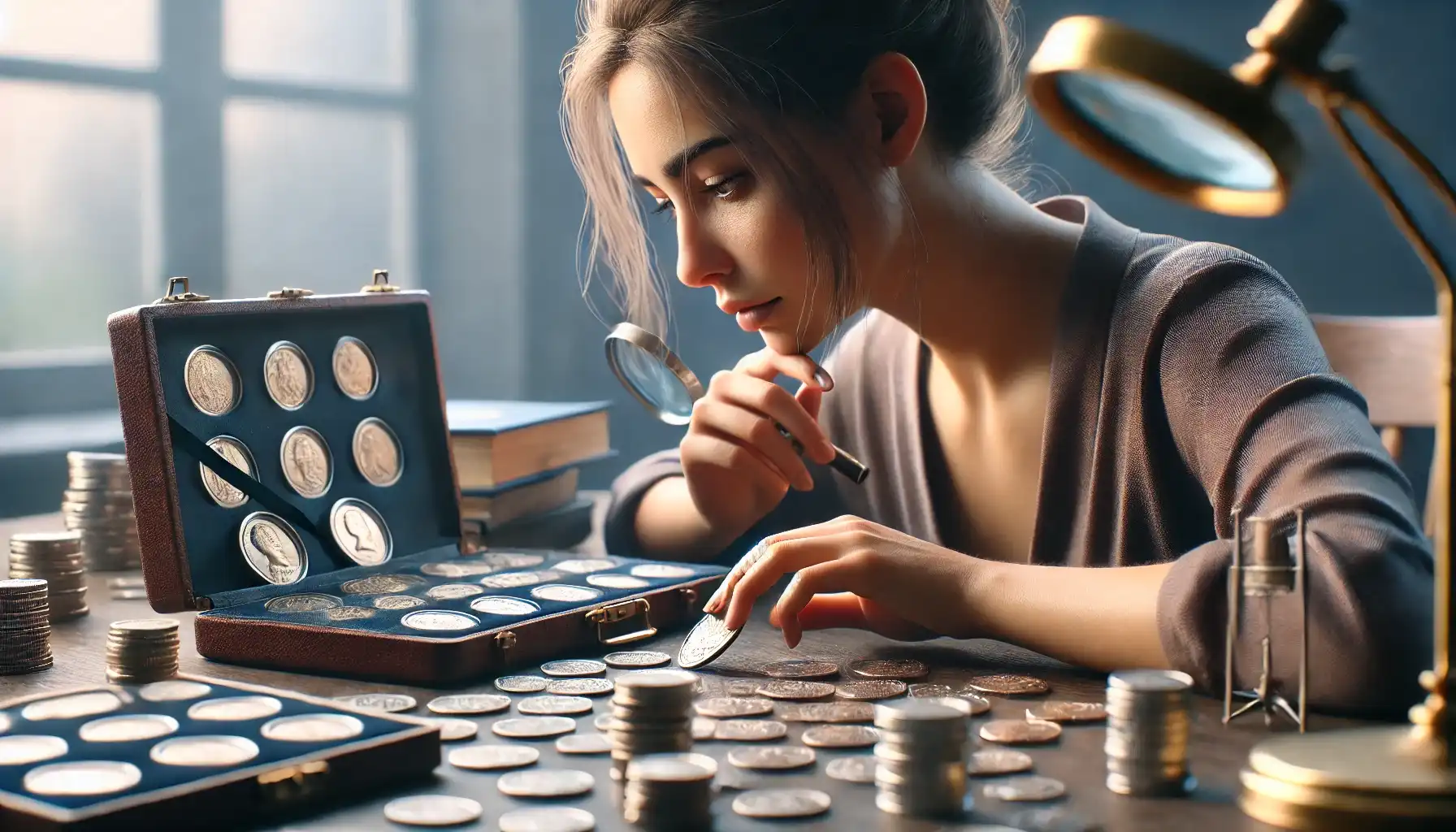
Dealer Websites
CoinBuyers.com: This platform allows you to sell coins to professional buyers, who can make offers based on your collection.
Apmex (American Precious Metals Exchange): If your specimens are made of precious metals like gold, silver, or platinum, platforms like Apmex specialize in buying and selling coins, providing real-time offers.
Auction Houses
Heritage Auctions: How to sell a large coin collection? Heritage Auctions can help as it offers live and online auctions with professional appraisal services.
Stack’s Bowers Galleries: This auction house specializes in numismatic auctions, offering both live and online events for collections of various types and values.
Sotheby’s and Christie’s: These prestigious auction houses often deal with high-value or rare collections. They offer an international platform for selling, but fees can be high, and they usually handle more upscale items.
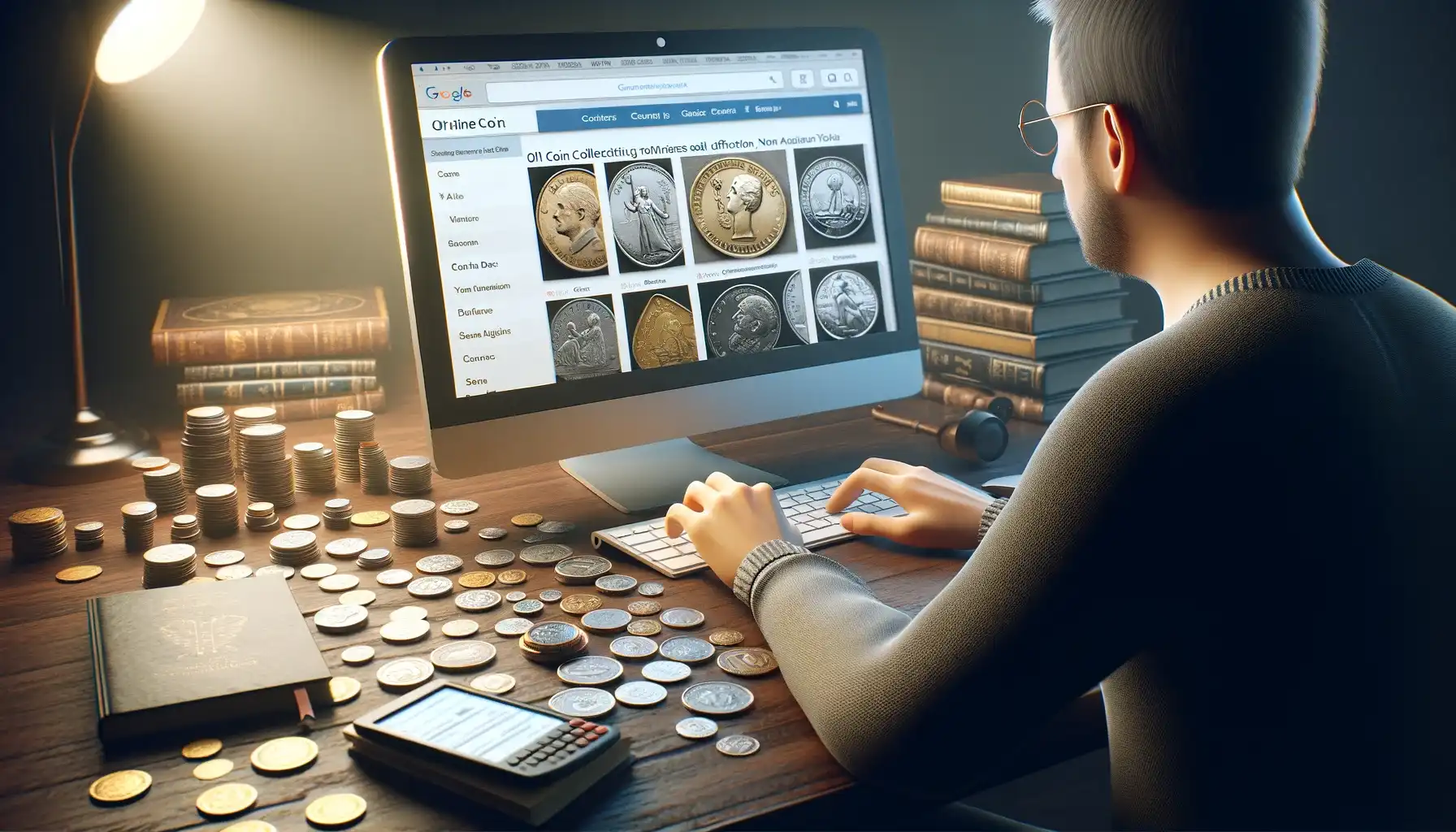
Selling Coin Collection Near Me
If you prefer in-person transactions, finding a reputable local dealer is another option. They can give you a professional assessment of the collection, offer you an immediate price, and often make instant cash offers. Try to google, e.g., “where to sell inherited coin collection Sacramento”.
Attending a special show can also be an excellent way to meet buyers and collectors directly. You can usually find multiple dealers who will appraise and purchase coins on the spot.
Step 3: Carefully Prepare the Collection for Sale
What to do with coin collection and how to prepare it before selling? We recommend doing your best to make them look attractive to buyers.
Before selling my coin collection, it is important to prepare them to make them look as attractive as possible to buyers. However, be careful, there are little tricks here.
The trick is that not all of them should be cleaned, as this may reduce their value (especially old and rare specimens). However, if they are heavily soiled, you can gently clean them with a soft cloth and pack them in special capsules or pods for preservation.
Then, take photos of each piece in your collection and make notes about all main factors: year of issue, denomination, condition and estimated value. This will help you find buyers and negotiate faster.

Inherited Coin Collection Taxes
Inherited Property and Tax Treatment
One of the main tax benefits when inheriting is the "stepped-up" basis. This means that the value of the collection is adjusted to its fair market value (FMV) at the time of the original owner's death, rather than the value when they were originally purchased.
For example, if your inherited pieces were worth $10,000 at the time of inheritance and you sell them for $12,000, you would only pay taxes on the $2,000 increase, not the original $12,000 value.
Inherited property is not subject to income tax when you receive it. However, if you sell the inherited items, the sale could trigger capital gains tax.
Capital Gains Tax
The IRS treats the sale of coins as the sale of a collectible, which is subject to capital gains tax. However, because of the stepped-up basis, the length of time you hold the property before selling it does not matter. Even if you sell them immediately after inheriting them, they are considered long-term capital gains and taxed at the long-term rate.
Long-Term Capital Gains: If it was inherited and you sell it, the gain is taxed as a long-term capital gain, even if you hold it for less than a year. The long-term capital gains tax rate on collectibles can be as high as 28%.
Short-Term Capital Gains: If you buy and sell within a year, any profit will be taxed as short-term capital gains, which are typically taxed at ordinary income tax rates, ranging from 10% to 37%, depending on your income.

Tax Rates on Collectibles
Coins, being considered collectibles by the IRS, are subject to a maximum capital gains tax rate of 28% on long-term gains. For example, if you sell ones for a profit of $10,000, you could owe 28% of that profit in taxes, or $2,800.
Keep in mind that the IRS taxes the gain (profit), not the sale price. The gain is calculated as the difference between the sale price and the stepped-up basis (the value at the time of inheritance).
Reporting the Sale
How to sell inherited coin collection? You must report the sale to the IRS if your total gain exceeds a certain threshold. The gain will be reported on Schedule D of your income tax return, and you will need to fill out Form 8949 to report sales of capital assets.
Be prepared to provide documentation of the coins' fair market value at the time of inheritance (such as an appraisal or other records), as this will serve as the stepped-up basis for calculating the gain.
State Taxes
Some states have their own tax laws for inherited property and may apply sales or capital gains taxes to the sale. Check with a tax professional to understand any state-specific tax requirements.

Tax on Large Inheritances
If you inherit a significant collection, you may also be subject to estate tax (also known as inheritance tax in some states), although this is generally only applicable if the value of the estate exceeds a certain threshold (federal estate tax exemption was $12.92 million per individual in 2023).
Example 1: Inherited Coins with a Small Gain
Stepped-Up Basis (FMV at Time of Inheritance): $10,000
Sale Price: $12,000
Capital Gain: $12,000 (sale price) - $10,000 (stepped-up basis) = $2,000
Capital Gains Tax: Since this is a long-term gain (because it was inherited), it’s taxed at the 28% rate for collectibles:
$2,000 x 28% = $560
Tax Owed: $560
Example 2: Inherited Coins with a Larger Gain
Stepped-Up Basis (FMV at Time of Inheritance): $15,000
Sale Price: $25,000
Capital Gain: $25,000 (sale price) - $15,000 (stepped-up basis) = $10,000
Capital Gains Tax: Since this is a long-term gain, it’s taxed at 28%:
$10,000 x 28% = $2,800
Tax Owed: $2,800
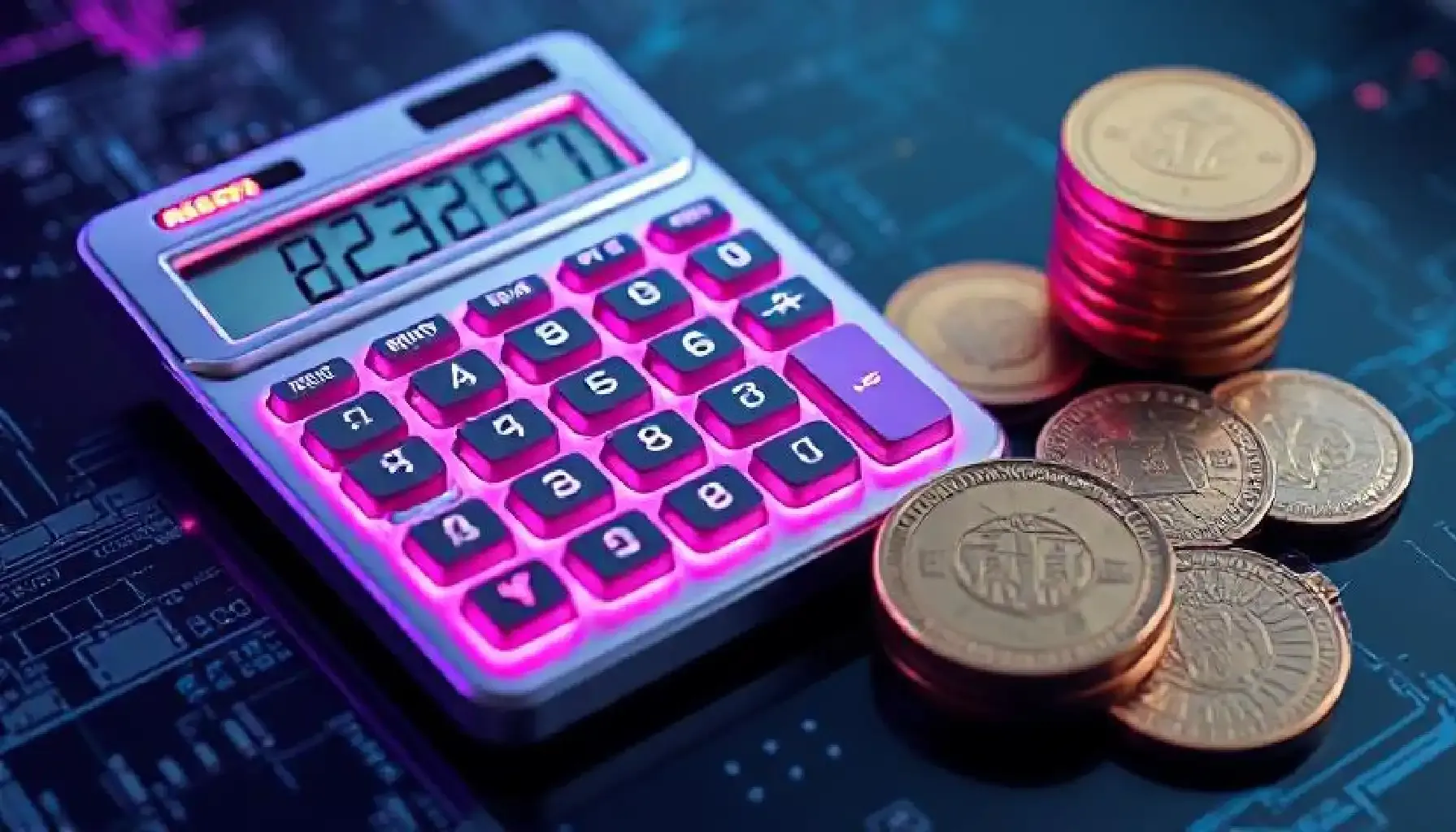
Step 4: Conduct the Deal at the Highest Level
Once you have found a potential dealer or private buyer it is important to conduct the negotiation process intelligently and finalize the sale.
First of all, feel free to compare offers and choose the best one. Correlate the offer with the valuation of your collection and other possible options. Agree all the terms of the deal with the selected buyer in advance (finalize the price, delivery method and payment). If the transaction takes place online, use trusted platforms and services.
If you sell online, special attention should be paid to shipping. Use insurance services and reliable delivery services to minimize the risks of loss or damage. Next, negotiate the terms of transfer and carefully prepare on your part: pack the collection properly for its safety, do not forget about the transfer of all necessary documents and certificates (act of acceptance and document confirming the receipt of payment will not be excessive too).

Once the collection is sold, make sure that all paperwork and terms of the transaction are completed, payment is fully received, and all coins are transferred.
A proper assessment and strategy can open up new opportunities in the collecting market, and the right tools, such as Coin ID Scanner to check coin value, can help make the process easier and more efficient. And we hope your collection finds a new owner who appreciates it as much as you do because now you know what to do with an inherited coin collection.

